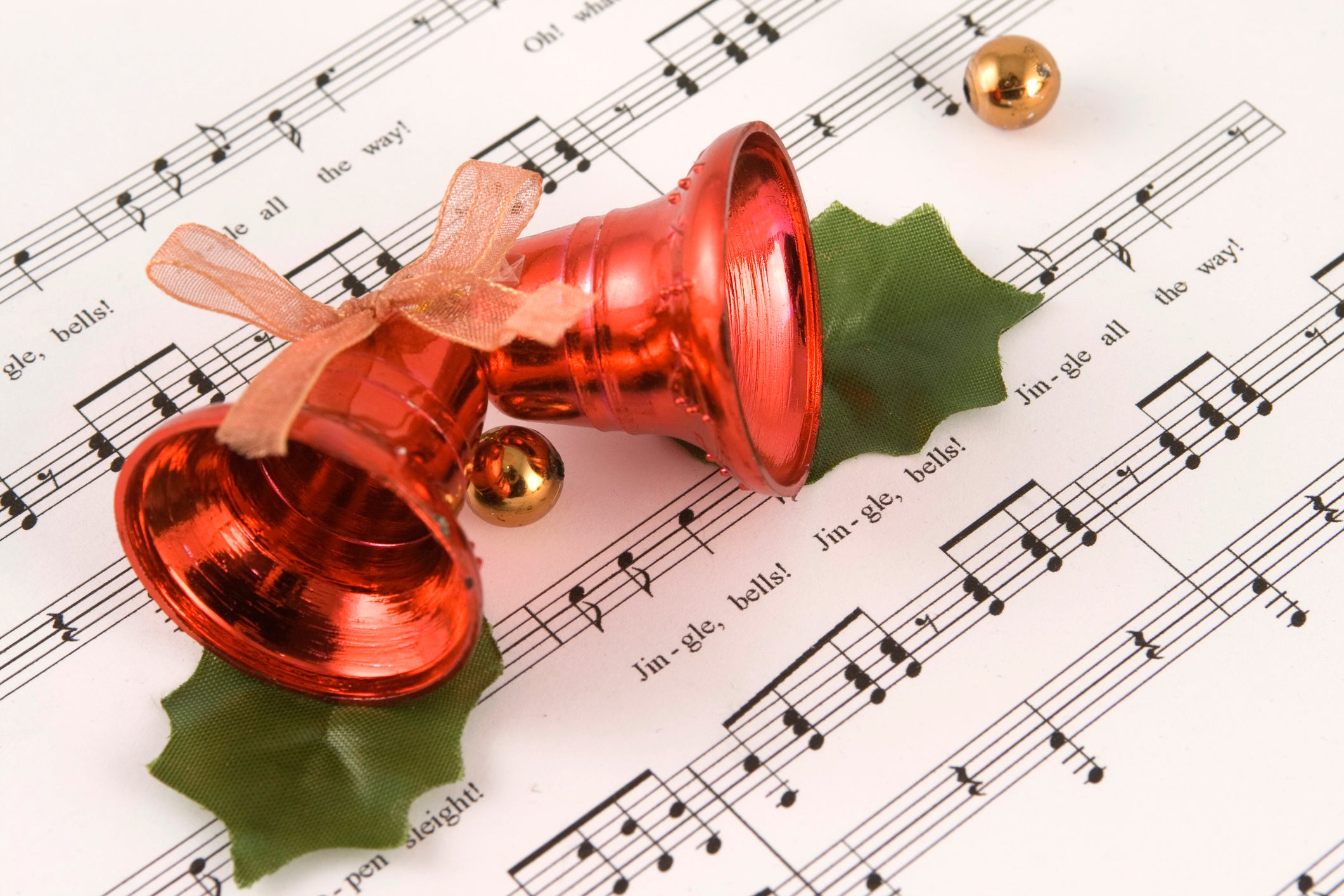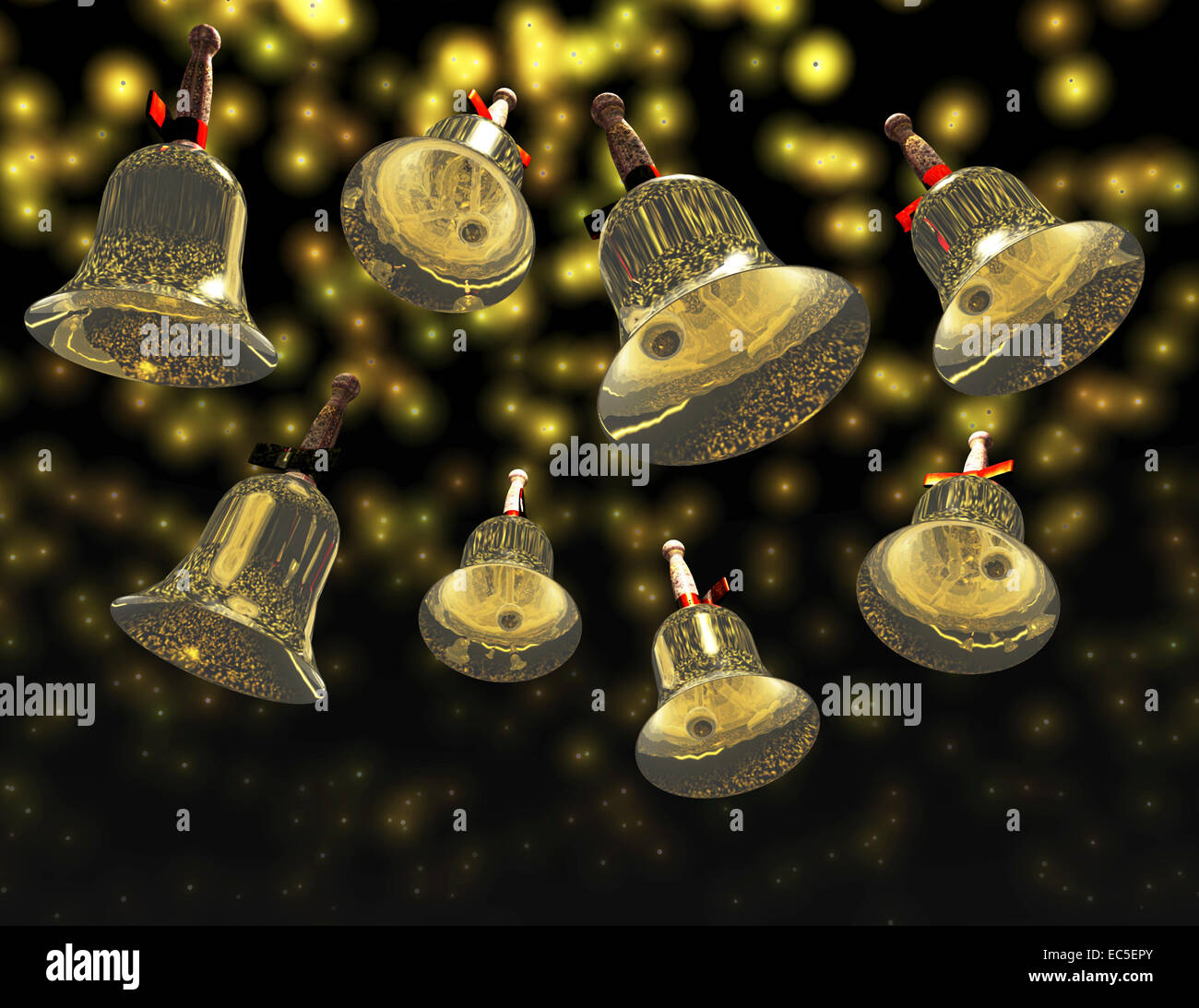
The phrase, a widely recognized adaptation of a traditional holiday carol, stands as a compelling subject for socio-linguistic and cultural analysis. Far from being a mere whimsical alteration, the construct represents a fascinating intersection of popular culture, childhood folklore, and the inherent human tendency towards linguistic play and subversion. Its enduring presence across generations, coupled with its consistent adaptation, underscores its significance as a dynamic element within informal communication and collective memory. This article delves into the origins, structural elements, cultural resonance, and contemporary relevance of this unique linguistic phenomenon, exploring its deeper implications for understanding the evolution of cultural narratives and the adaptive nature of language.
The genesis of the phrase is largely attributed to the oral traditions of childhood, a common incubator for playful subversions of established cultural texts. Children, often engaging in spontaneous linguistic creativity, frequently adapt familiar songs and rhymes to suit their immediate social contexts or to express nascent forms of humor and rebellion. The original "Jingle Bells," a ubiquitous symbol of festive cheer, provided a readily accessible framework for such modification. The simplicity of its rhythm and rhyme scheme made it an ideal candidate for parody, allowing for easy memorization and dissemination among peer groups. While precise historical documentation of its first utterance remains elusive, its widespread adoption suggests an organic emergence from numerous individual instances of creative adaptation, spreading through playgrounds, schoolyards, and informal gatherings. This decentralized origin highlights the power of collective cultural creation, where a shared understanding and appreciation for a particular form of humor drive its propagation.
Linguistically, the phrase exhibits several notable characteristics that contribute to its effectiveness and longevity. The alteration of the original lyrics maintains the fundamental syllabic structure and rhythmic cadence, ensuring immediate recognition while simultaneously introducing a disruptive element. The substitution of "Batman smells" for the more innocuous original line serves as a prime example of comedic juxtaposition, placing a heroic, idealized figure in an unglamorous, relatable context. This demystification of an icon resonates with a childhood perspective that often seeks to playfully challenge authority or established norms. Furthermore, the subsequent line, "Robin flew away," introduces an element of narrative progression and consequence, albeit a humorous one. It suggests a reaction to the preceding statement, implying a sense of abandonment or even a comedic escape from an undesirable situation. The phrase’s success lies in its concise delivery of a subversive narrative, employing simple language to evoke a complex, albeit lighthearted, deconstruction of superhero mythology. The use of alliteration in "Batman smells" and the clear, simple verbs contribute to its memorable quality and ease of transmission.
Culturally, the phrase functions as more than just a humorous rhyme; it acts as a subtle commentary on the pervasive nature of popular culture and the human tendency to engage with it critically, even playfully. Batman and Robin, as archetypal figures of justice and heroism, are deeply embedded in the collective consciousness. By subjecting them to a mundane, slightly unflattering scenario, the phrase allows for a temporary suspension of their larger-than-life personas. This act of playful irreverence serves several purposes within childhood development. It fosters a sense of agency, allowing children to manipulate and recontextualize elements of their cultural environment. It also serves as a bonding mechanism, creating shared inside jokes and cultural references that strengthen peer group cohesion. The ability to recite and understand the humor inherent in the phrase signifies a degree of cultural literacy and participation within a specific social sphere.
The concept of "Modern Present Updated" within the context of this phrase speaks to its remarkable adaptability and continued relevance in contemporary society. Despite its origins in a pre-digital era, the phrase has seamlessly transitioned into the digital age, finding new avenues for dissemination and perpetuation. Online forums, social media platforms, and informal communication channels have ensured its ongoing presence, often appearing in memes, casual conversations, and nostalgic reflections. This digital propagation not only preserves the phrase but also allows for its continuous reinterpretation and occasional modification, reflecting current sensibilities or technological advancements. The "updated" aspect implies that while the core structure remains, its context and the ways it is shared evolve. Its persistence demonstrates the resilience of oral traditions and informal cultural artifacts in an increasingly formalized and mediated world. The phrase, therefore, is not a static relic but a living, evolving piece of cultural folklore, adapting to new communication paradigms while retaining its fundamental appeal.
The importance of studying such cultural artifacts extends beyond mere academic curiosity. The phrase, in its simplicity, offers insights into the mechanisms of cultural transmission, the dynamics of informal learning, and the role of humor in social interaction. Its benefits are manifold: it fosters creativity by demonstrating how existing structures can be playfully reconfigured; it enhances social cohesion by providing shared points of reference and humor; and it contributes to cultural literacy by illustrating the fluid and adaptable nature of language and narrative. The ability of a seemingly trivial rhyme to persist across decades and adapt to new technological landscapes highlights the intrinsic human need for play, subversion, and shared cultural experience. It underscores how seemingly minor linguistic variations can carry significant cultural weight, acting as a barometer for generational shifts in humor, popular culture engagement, and informal communication patterns. The phrase serves as a testament to the power of collective imagination and the enduring appeal of lighthearted rebellion against the established order, even if that order is merely a popular Christmas carol.
FAQs by jingle bells batman smells robin flew away Modern Present Updated
- What is the primary origin of this cultural phrase? The phrase primarily originated within the oral traditions of childhood, spreading through informal peer-to-peer communication in playgrounds and schoolyards. It represents a common form of linguistic play and parody applied to well-known songs.
- How does the phrase demonstrate linguistic adaptation? The phrase maintains the rhythmic and syllabic structure of its original source material while altering key lyrical components. This demonstrates an adaptive capacity, allowing for new meanings and humorous juxtapositions to emerge within a familiar framework.
- What cultural significance does the phrase hold? It signifies a playful subversion of iconic popular culture figures, reflecting a childhood perspective that often engages in demystification. It also serves as a shared cultural reference point, fostering social cohesion among those familiar with it.
- In what ways has the phrase been "Modern Present Updated"? Its continued relevance in the digital age, through online sharing on social media and forums, exemplifies its "Modern Present Updated" status. This indicates its successful transition from purely oral transmission to digital propagation, ensuring its ongoing presence and occasional reinterpretation.
- Does the phrase have any educational value? While informal, the phrase can illustrate concepts such as parody, linguistic flexibility, cultural transmission, and the role of humor in social bonding. It provides a tangible example of how cultural artifacts evolve and persist.
Tips by jingle bells batman smells robin flew away Modern Present Updated
- Analyze its structure: Consider the phrase’s rhythmic consistency with the original song and how the altered lyrics create a comedic effect through unexpected juxtapositions.
- Trace its dissemination: Reflect on how such informal cultural artifacts spread across generations and through different communication channels, from oral tradition to digital platforms.
- Interpret its cultural commentary: Examine how the phrase playfully challenges or recontextualizes established cultural icons, offering a unique perspective on popular culture engagement.
- Recognize its social function: Understand how shared knowledge of such phrases contributes to group identity and fosters a sense of belonging through common humor and cultural references.
- Appreciate its longevity: Acknowledge the remarkable resilience of this simple phrase, which has endured and adapted over decades, serving as a testament to the enduring power of informal folklore.
Conclusion by jingle bells batman smells robin flew away Modern Present Updated
The comprehensive analysis of the phrase reveals it to be a more significant cultural artifact than its whimsical nature might initially suggest. It stands as a testament to the dynamic interplay between popular culture, linguistic creativity, and the enduring power of oral tradition, now augmented by digital communication. Its continued presence and adaptation underscore the human capacity for humor, subversion, and the creation of shared cultural touchstones. The phrase serves as a microcosm for understanding broader principles of cultural evolution, demonstrating how seemingly simple linguistic constructs can carry profound social and cultural meaning, persisting and transforming across generations. Its longevity and widespread recognition confirm its status as an integral, albeit informal, component of contemporary cultural literacy.






